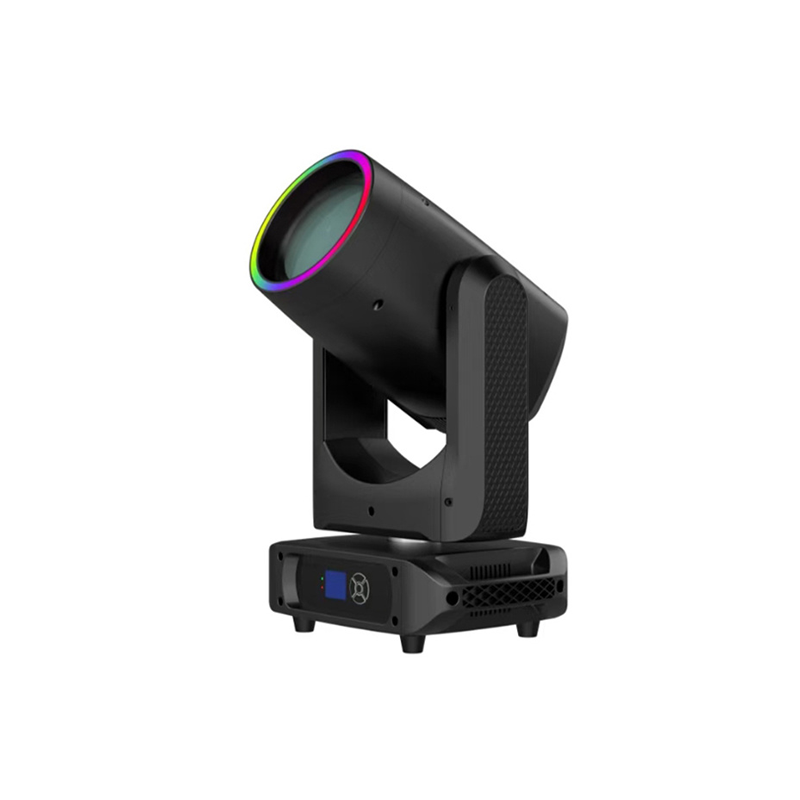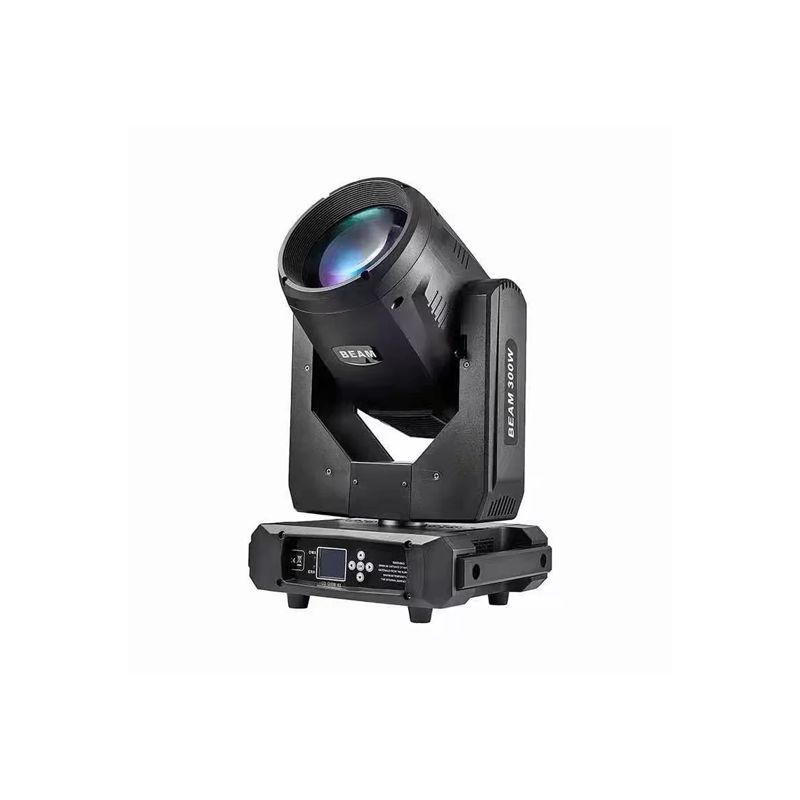Stage Wash Lighting: Essential Guide for Stage Design
Classification:
summary description]
When you walk into a concert hall, theater, or any performance space, it's easy to get caught up in the spectacle—the dazzling effects, the dramatic spotlights, the moving beams that dance across the stage. But behind all that magic, stage wash lighting quietly does some of the most important work. It provides the base layer of illumination, ensuring that everything—and everyone—on stage is clearly visible. Without it, even the most impressive shows would lose their impact.
Today, let's take a closer look at what stage wash lighting is, why it matters, the types you should know about, and how to make the right choices for your project.
What is Stage Wash Lighting?
At its core, stage wash lighting means using broad beams to bathe the entire stage in even, soft light. Think of it as painting the stage with a smooth coat of brightness.
Unlike spotlights, which zero in on one area, wash lights are designed to spread out, minimizing harsh shadows and ensuring that no corner is left in darkness.
This foundational lighting makes everything else possible. Without it, the audience would struggle to see performers or appreciate the set design, no matter how elaborate.
Why Stage Wash Lighting Matters
Good stage wash lighting does more than just brighten the scene. It creates a foundation that supports every other lighting effect, and it delivers real artistic value.
Here's why it matters:
- Clear Visibility: Performers, props, and backdrops all come into clear focus.
- Mood Creation: Through subtle color shifts and intensity changes, wash lighting sets the emotional tone of a scene.
- Visual Depth: A well-layered wash gives the stage dimension, making it more immersive.
- Enhanced Focus: Spotlights and effects shine even more when contrasted against a smooth, well-lit background.
In short, no matter how complex or simple the lighting design is, the wash is what ties everything together.
Exploring the Different Types of Stage Wash Lighting
Choosing the right wash lighting depends largely on your goals. Let's break down the main options:
1. LED Par Lights
Compact, powerful, and incredibly versatile—LED par lights are a go-to solution for many events. They produce vibrant colors, run cool, and are compatible with DMX control systems. Whether you're lighting a small gig or a corporate event, LED pars offers flexibility without breaking the bank.
2. Fresnel Lights
When it comes to traditional theater lighting, Fresnels are a classic. Known for their soft-edged beam, they deliver smooth washes across wide areas. The adjustable beam angle makes them especially useful when you need precise control over the coverage.
3. Moving Head Wash Lights
If you want maximum flexibility, moving head wash lights are hard to beat. These fixtures can pan, tilt, zoom, and change colors, all while maintaining a broad, even wash. They're a favorite for concerts, festivals, and dynamic live shows where lighting needs to adapt quickly.
4. LED Bars and Battens
LED bars are all about creating wide, linear effects. They're great for washing backdrops, curtains, and even stage floors. Often used in television sets and live performances, these fixtures can create subtle backgrounds or dramatic washes, depending on how you program them.
How to Choose the Right Stage Wash Lighting Setup
Not every stage, and not every event, needs the same solution. Here's what you should consider before investing in wash lighting:
- Stage Size: A bigger space demands more powerful lights or simply more fixtures spread across the area.
- Type of Event: Theater productions may call for natural-looking washes, while concerts might lean toward colorful, energetic designs.
- Color Needs: If you're planning to change moods frequently, choose fixtures with a broad color range—RGBW and RGBA LEDs are excellent choices.
- Control System Compatibility: Ensure the lighting can easily integrate into your existing DMX setup.
- Budget: High-end fixtures provide better performance, but there are solid options at nearly every price point.
Start by mapping your stage. Identify where coverage is needed most and plan from there.
Tips for Effective Stage Wash Lighting
A few simple tricks can take your stage wash lighting from basic to professional:
- Layer Your Lights: Don't rely on just one set of fixtures. Combine different types to add richness and texture.
- Be Strategic With Color: Warm hues create intimacy; cool tones bring distance and drama.
- Avoid Flat Lighting: Even coverage is important, but be careful not to wash out all contrast and detail.
- Mind Your Angles: Experiment with side lighting, backlighting, and overhead placement to create interesting effects without losing clarity.
Above all, test everything before the big day. Small adjustments can make a big difference.
Mistakes to Watch Out For
Even experienced designers can fall into these traps:
- Uneven Coverage: Hot spots and dark patches can ruin the mood. Always check from different audience perspectives.
- Neglecting Backgrounds: A brightly lit performer against a pitch-black background can look awkward. Make sure backgrounds are gently lit.
- Overcomplicating the Wash: Simplicity often wins. A clean, consistent wash sets a professional tone better than a cluttered lighting mess.
Could you keep it simple, clean, and focused?
Conclusion
Without stage wash lighting, even the most breathtaking special effects would fall flat. It creates the essential base that supports visibility, mood, and depth, shaping the way audiences experience a performance.
Whether you are outfitting a small theater or planning a massive live concert, investing time and thought into your wash lighting will pay off. It is not just about lighting up the space—it is about bringing your stage to life.
Master the basics, and every other lighting element you add will shine that much brighter.
FAQs
Q1: How does a stage wash light differ from a spotlight?
A wash light spreads soft light across a wide area, while a spotlight delivers a narrow, focused beam to highlight a specific subject.
Q2: Are LED par lights good for professional stage washes?
Absolutely. LED par lights offer versatility and rich color mixing and are highly effective for many professional setups.
Q3: How many wash lights should a small stage have?
It varies, but usually, four to eight strategically placed fixtures can cover a small to medium-sized stage well.
Q4: Do all wash lights require DMX controllers?
Not necessarily. Some standalone models exist, but DMX control provides much greater flexibility and coordination.
Q5: Where should stage wash lights be positioned?
Typically, at the front, sides, and overhead positions, ensuring full and even coverage across the performance area.
More Cases



